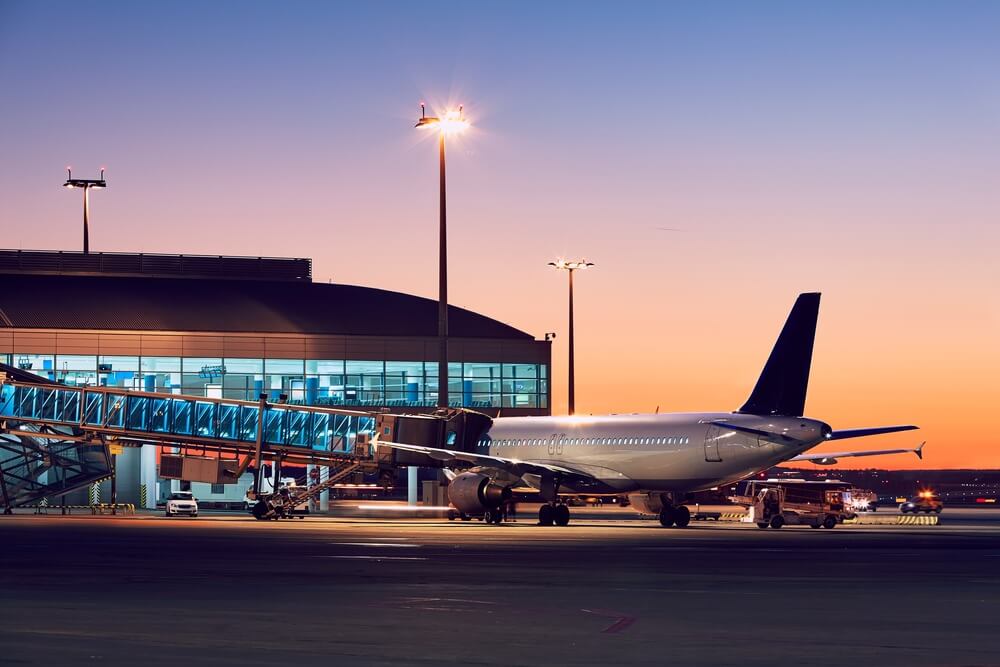The Evolution of Airport Security Systems
Airport security has changed a lot over the years, growing and improving to keep up with new threats and better technology. In the early days, there weren’t many security checks—most of the focus was just on customs and border control. But things started to change in the late 1900s, as more people began flying and concerns about safety increased. One major improvement was the introduction of metal detectors and X-ray machines, which made it possible to check passengers and their bags more carefully. These tools helped airports spot dangerous items before they could get on a plane. Everything changed after the tragic events of September 11, 2001. Airport security became much stricter. In the U.S., the government created the Transportation Security Administration (TSA) to handle airport screening and safety. Since then, passengers have gone through more detailed checks, and new security rules have been added to make flying safer for everyone.
As technology continues to evolve, so do the methods used to secure airports. One of the most promising advancements is the integration of UAV surveillance systems for airports. Drones offer a unique vantage point and can cover large areas quickly, providing real-time data and a proactive approach to security. Drone integration in airport security can enhance existing protocols by offering:
- Live monitoring of airfields and perimeters for unauthorized access.
- Rapid response capabilities in emergency situations.
- Enhanced surveillance in areas difficult to monitor with traditional systems.
By integrating UAV surveillance systems, airports can significantly bolster their security measures, combining traditional methods with advanced technology to create a more strong and reliable safety network.
How UAV Technology Fits into Current Protocols
Integrating UAV technology into existing airport security protocols offers a layered approach that enhances the overall functionality of surveillance and threat detection. Traditional security measures, such as CCTV cameras, security personnel, and access control systems, form the backbone of airport safety. However, each of these methods has its limitations, often restricted by fixed positions and delayed response times. UAV surveillance systems for airports can complement these traditional methods by providing a dynamic and flexible solution. Drones can patrol vast areas, reaching locations that are challenging for ground-based security teams to monitor continuously, thus filling a critical gap in coverage.
Drone integration in airport security not only augments existing systems but also introduces new capabilities. For instance, drones equipped with advanced sensors and cameras can deliver high-resolution imagery and video feeds in real-time, allowing security teams to make informed decisions quickly. Additionally, the ability of UAVs to fly autonomously on pre-programmed routes ensures consistent surveillance without the need for constant human intervention. This improves productivity, allowing security personnel to focus on analyzing data and responding to potential threats. By combining traditional security methods with UAV technology, airports can achieve a more proactive and comprehensive security strategy, leading to a safer environment for passengers and staff alike.
Benefits of UAV Surveillance in Airports
The implementation of UAV surveillance systems for airports brings a host of benefits that are revolutionizing the way airport security is managed. One of the most significant advantages is the increased coverage that UAVs provide. Unlike fixed surveillance systems, drones can cover extensive areas quickly and capably, making sure that every corner of the airport, including remote and previously hard-to-reach locations, is monitored continuously. This expansive reach is very important for maintaining a high level of security and deterring potential threats before they manifest. Moreover, drones can be deployed rapidly to any part of the airport, making them an essential component of a comprehensive security framework.
Real-time data collection is another significant benefit of airport drone monitoring solutions. Equipped with advanced sensors and high-definition cameras, drones can capture and transmit live video feeds and images, allowing security personnel to assess situations instantly and accurately. This quick access to actionable intelligence facilitates faster decision-making and enhances the overall response time to incidents. Additionally, unmanned aerial vehicles (UAVs), also known as drones, have the potential to greatly improve the way threats are detected. By using advanced technologies like machine learning algorithms and artificial intelligence, these drones can spot unusual patterns and behaviors that might be signs of danger. This means they can help security teams respond more quickly and accurately to potential threats, making airports even safer. As a result, UAV surveillance systems for airports are not just a supplementary tool, but a groundbreaking innovation that significantly strengthens the success and responsiveness of airport security measures.
Challenges and Future Prospects
While the integration of UAV technology into airport security offers numerous benefits, it is not without its challenges. One of the primary obstacles is navigating the complex regulatory environment that governs the use of drones in airspace. Regulatory bodies must balance the innovative potential of drone integration in airport security with concerns about safety and privacy. Establishing clear guidelines and standards for drone operation, especially in the high-stakes environment of airports, is essential. Additionally, there are technological limitations to consider, such as the need for solid communication systems to ensure seamless drone operations and avoid interference with existing airport technologies.
Despite these challenges, the future prospects for airport drone monitoring solutions are promising. Advances in technology, particularly in artificial intelligence and machine learning, are paving the way for more intelligent and autonomous UAV systems. These advancements will likely address current limitations, such as improving drone battery life and enhancing their ability to operate in various weather conditions. As regulatory frameworks evolve, they are expected to become more accommodating, facilitating wider adoption of drones in security protocols. By overcoming these challenges, airports can create a more integrated and efficient security environment, enhancing safety while setting new standards for the industry. The potential for drone technology to revolutionize airport security is vast, promising a future where UAVs play an important role in safeguarding passengers and infrastructure alike.


Recent Comments